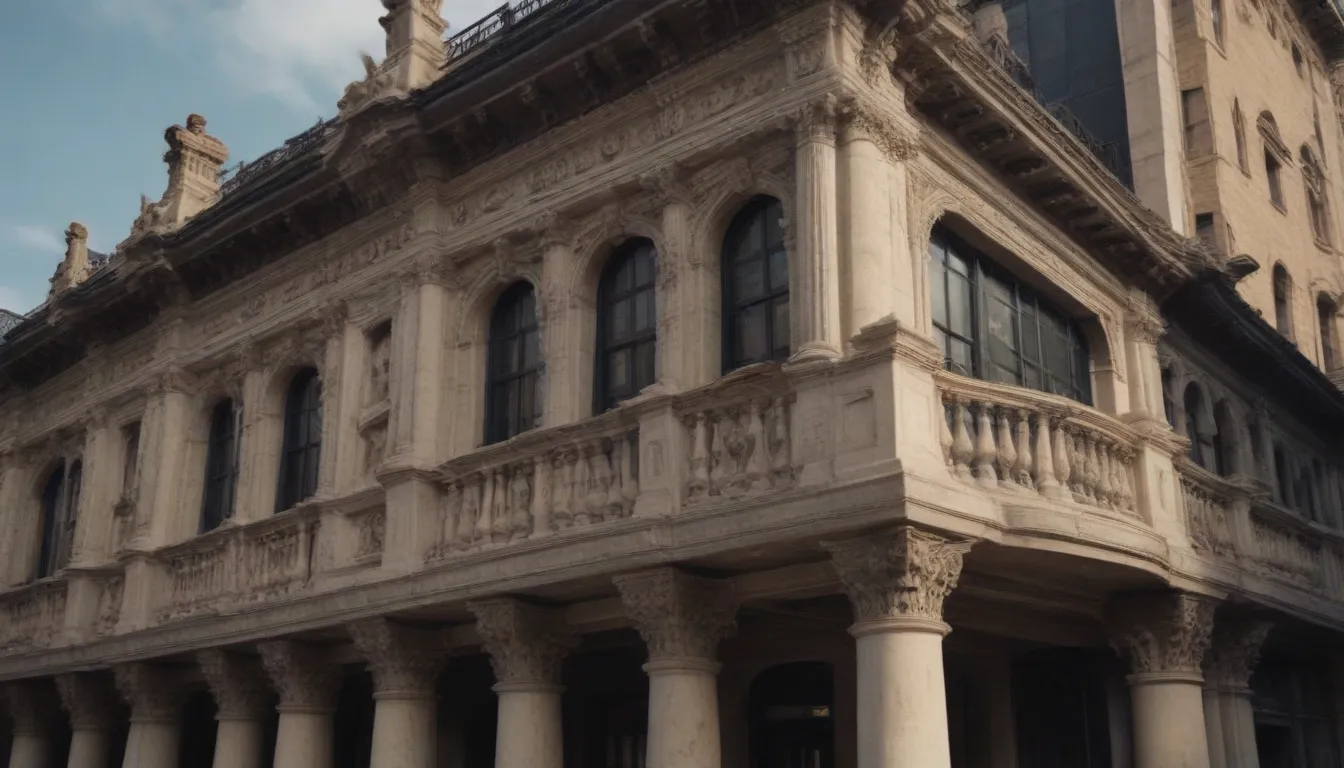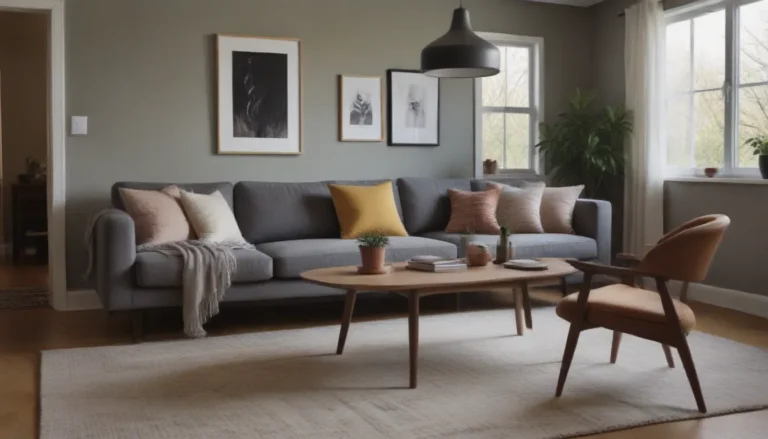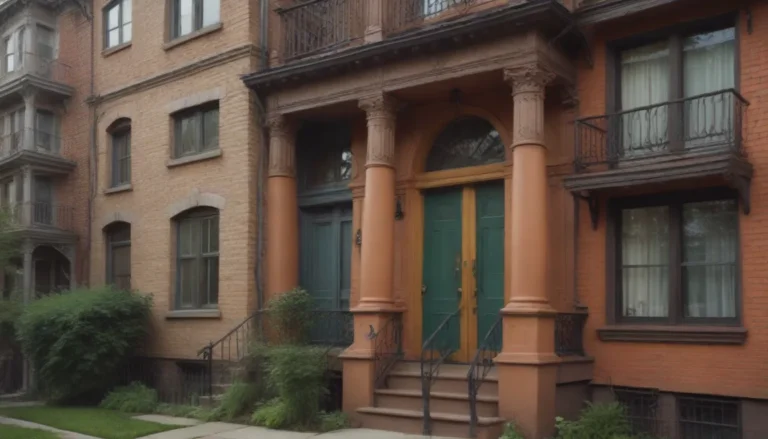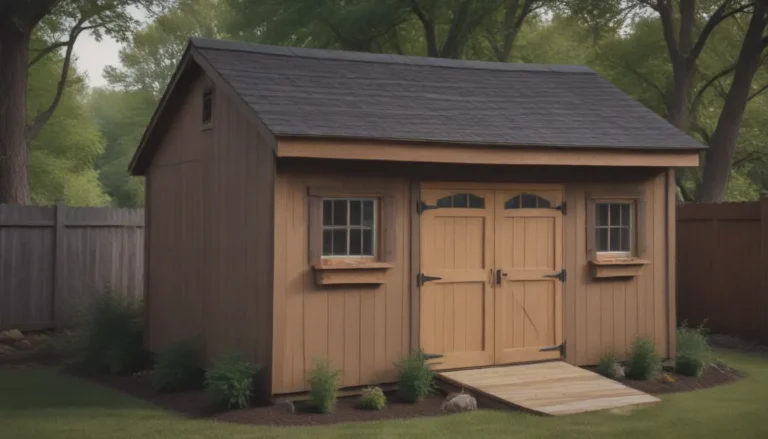The Evolution of Architectural Styles: A Comprehensive Guide

Introduction
Architecture, the art and technique of designing buildings, has evolved over centuries to encompass a wide array of styles that reflect different cultures, climates, and societal needs. From the classical designs of ancient Greece and Rome to the contemporary innovations of today, the history of architectural styles is a rich tapestry that continues to inspire and influence the built environment around us. In this comprehensive guide, we will explore 15 of the most popular architectural styles in history, shedding light on their unique characteristics and contributions to the world of architecture.
Classical Architecture
Classical architecture, rooted in ancient Greek and Roman building styles, has left an indelible mark on the world of design. With an emphasis on symmetry, proportion, and decorative elements such as Doric, Ionic, or Corinthian columns, classical buildings exude timeless elegance. From the iconic marble structures of antiquity to the revival of neoclassical designs in the 18th and 19th centuries, classical architecture continues to inspire architects worldwide.
Key Features of Classical Architecture:
- Symmetry and proportions
- Decorative columns and pediments
- Use of materials like marble, brick, and concrete
- Classical design motifs such as interior molding and medium pitched roofs
Tudor Architecture
The Tudor style, originating in England during the 15th century, is characterized by its charming mix of Renaissance and Gothic elements. Tudor homes, with their signature half-timber detailing and decorative wood beams, evoke a sense of old-world charm that has captivated homeowners for centuries. Whether in its original form or as Tudor Revival homes with modern adaptations, this architectural style exudes a nostalgic appeal that endures to this day.
Key Elements of Tudor Architecture:
- Half-timber detailing
- Vertical decorative wood beams
- Ornate detailing around windows and entryways
- Mix of Renaissance and Gothic design elements
Neoclassical Architecture
Neoclassical architecture, a revival of classical Greek and Roman styles, emerged in the 18th century as a grand-scale reinterpretation of ancient motifs. Characterized by its monumental volumes and grandiose structures, neoclassical buildings reflect a reverence for the classical world. From iconic landmarks like the White House to grand institutional buildings, the neoclassical style continues to make an impact on architectural design.
Hallmarks of Neoclassical Architecture:
- Revival of classical Greek and Roman elements
- Grand-scale volumes and proportions
- Use of columns with Doric, Ionic, or Corinthian details
- Influence on institutional and government buildings
Cape Cod Architecture
Named after the Massachusetts coastal region, Cape Cod architecture embodies a sense of warmth and simplicity in its design. With clean-lined silhouettes, oak and pine wood framing, and clapboard or cedar shake siding, Cape Cod houses are a quintessential American architectural style. Whether in its traditional form or as modern interpretations, the timeless appeal of Cape Cod architecture endures across generations.
Characteristics of Cape Cod Architecture:
- Simple, clean-lined silhouettes
- Wood post and beam framing
- Clapboard or cedar shake siding
- Adaptation to New England climate with boxier, lower-slung profiles
Italianate Architecture
Italianate architecture, inspired by 16th-century Italian Renaissance styles, epitomizes a romanticized vision of the past. With picturesque influences and a departure from formal classical rules, Italianate buildings exude a sense of charm and elegance. From rural villas to urban townhouses, this architectural style found popularity across Europe and the United States in the 19th century.
Features of Italianate Architecture:
- Inspired by 16th-century Italian Renaissance styles
- Picturesque elements and ornate details
- Popular in rural and urban settings
- Spread to the US in the mid-19th century
Greek Revival Architecture
Greek Revival architecture, inspired by the temples of ancient Greece, symbolizes a return to the ideals of democracy and classical beauty. Popular in the early to mid-19th century, this architectural style became synonymous with the new democracy of the United States. Featuring columns, painted white to mimic marble, and elaborate door surrounds, Greek Revival buildings reflect a reverence for the classical past.
Elements of Greek Revival Architecture:
- Symmetry and proportion inspired by ancient Greek temples
- Columns with Doric, Ionic, or Corinthian details
- Elegantly sloping roofs with gable fronts
- Influence on early American democracy and architecture
Victorian Architecture
Victorian architecture, synonymous with the reign of Queen Victoria in the 19th century, encompasses a diverse range of styles influenced by the ornate and decorative aesthetics of the era. From steeply pitched roofs to ornate gables and wraparound porches, Victorian buildings exude a sense of grandeur and opulence. With intricate wood paneling, high ceilings, and elaborate interior design, Victorian architecture remains a timeless symbol of elegance.
Characteristics of Victorian Architecture:
- Ornate detailing and decorative features
- Steeply pitched roofs and gables
- Generous wraparound porches
- Intricately carved wood paneling and grand staircases
Arts and Crafts Architecture
The Arts and Crafts movement, a reaction against mass-produced Victorian styles, embraced handcrafted design and natural materials. From Craftsman bungalows to thoughtfully made structures, Arts and Crafts architecture embodies a sense of simplicity and craftsmanship. Characterized by exposed beams, built-in bookshelves, and open floor plans, Arts and Crafts homes reflect a commitment to quality and design.
Elements of Arts and Crafts Architecture:
- Emphasis on handcrafted design and natural materials
- Symmetrical and efficient layouts
- Exposed interior beams and built-in features
- Influence on Craftsman and Bungalow-style homes
Beaux-Arts Architecture
Beaux-Arts architecture, originating from the prestigious École des Beaux-Arts in Paris, embodies a sense of grandeur and theatricality. Inspired by classical styles and Renaissance influences, Beaux-Arts buildings exude a sense of opulence and elegance. With notable landmarks like the Library of Congress and Grand Central Terminal, this architectural style leaves a lasting impression on the urban landscape.
Key Features of Beaux-Arts Architecture:
- Grandiose and ornate design elements
- Inspired by Roman, Greek, and Renaissance styles
- Prominent architects trained at the École des Beaux-Arts
- Influence on major building projects in the US
Art Deco Architecture
Art Deco architecture, a product of the Roaring Twenties and Great Depression, embraces geometric shapes and opulent detailing. From the Empire State Building to the Chrysler Building, Art Deco buildings redefine the skyline with their vibrant colors and innovative designs. With a focus on materials like terracotta, glass, and metal, Art Deco architecture represents a bold and dynamic aesthetic.
Characteristics of Art Deco Architecture:
- Geometric shapes and stylized detailing
- Ornate and opulent design elements
- Use of bright colors and contrasting accents
- Influence on iconic skyscrapers and cityscapes
Bauhaus Architecture
Bauhaus architecture, born out of the influential German school founded by Walter Gropius, represents a radical departure from traditional ornamentation. Embracing simple geometric forms, modern materials, and functional design principles, Bauhaus buildings epitomize a minimalist and utilitarian aesthetic. With a focus on rational design and technological innovation, Bauhaus architecture continues to inspire modernist movements.
Key Elements of Bauhaus Architecture:
- Emphasis on function and simplicity
- Use of modern materials like steel and glass
- Geometric forms and asymmetrical layouts
- Influence on international design and modernism
Industrial Architecture
Industrial architecture, defined by its utilitarian purpose and raw materials, reflects the needs of a growing industrialized society. From factories to warehouses, industrial buildings blend functionality with design to create distinctive structures. With features like exposed brick, high ceilings, and metal-grid windows, industrial architecture continues to inform modern design and urban landscapes.
Characteristics of Industrial Architecture:
- Designed for industrial needs and production
- Use of raw materials like concrete and metal
- Large open floor plans and high ceilings
- Influence on modern architecture and urban design
Modern Architecture
Modern architecture, prevalent in the early to mid-20th century, rejects ornamental styles in favor of clean lines and functional design. With a focus on integrating natural light and materials into the built environment, modern buildings embody a sense of simplicity and efficiency. From Frank Lloyd Wright’s iconic designs to mid-century modern furniture, modern architecture continues to shape the way we live and work.
Features of Modern Architecture:
- Emphasis on functional design and open floor plans
- Use of materials like steel, concrete, and glass
- Integration of natural light and outdoor spaces
- Influence on contemporary design and interior styling
Brutalist Architecture
Brutalist architecture, characterized by its raw concrete structures and monolithic forms, represents a bold and polarizing style. Emerging in the mid-20th century as an offshoot of modernism, Brutalist buildings exude a sense of strength and simplicity. While controversial in its heyday, Brutalist architecture continues to influence design and urban landscapes with its graphic lines and minimalist aesthetic.
Key Characteristics of Brutalist Architecture:
- Raw concrete construction and block-like forms
- Monochromatic palette and lack of ornamentation
- Bold and graphic design elements
- Influence on contemporary design and urban planning
Contemporary Architecture
Contemporary architecture encompasses a diverse range of present-day building styles that reflect the latest innovations in design and technology. From computer-generated curves to sustainable building practices, contemporary architects push the boundaries of traditional design. With a focus on unconventional volumes, asymmetrical forms, and eco-friendly materials, contemporary architecture represents a cutting-edge approach to built environments.
Hallmarks of Contemporary Architecture:
- Innovative building materials and methods
- Sustainability and eco-friendly design principles
- Embrace of unconventional forms and asymmetry
- Influence on modern building practices and urban planning
Conclusion
From the classical elegance of ancient Greece to the cutting-edge innovations of contemporary design, the world of architecture is a vibrant tapestry of styles and influences. Each architectural style reflects the values, needs, and aspirations of its time, shaping the built environment and inspiring generations of designers. By exploring the rich history and diversity of architectural styles, we gain a deeper appreciation for the art and craft of building, enriching our understanding of the spaces we inhabit and the world around us. As we look to the future of architecture, let us draw inspiration from the past while embracing the possibilities of new technologies and design trends. Architecture, after all, is not just about buildings—it is about creating spaces that enrich our lives, inspire our imaginations, and connect us to the world around us.





